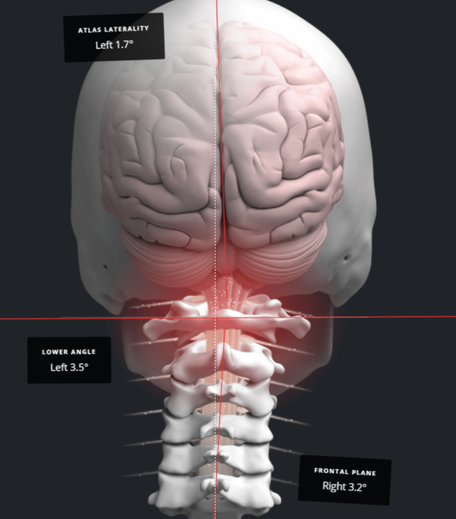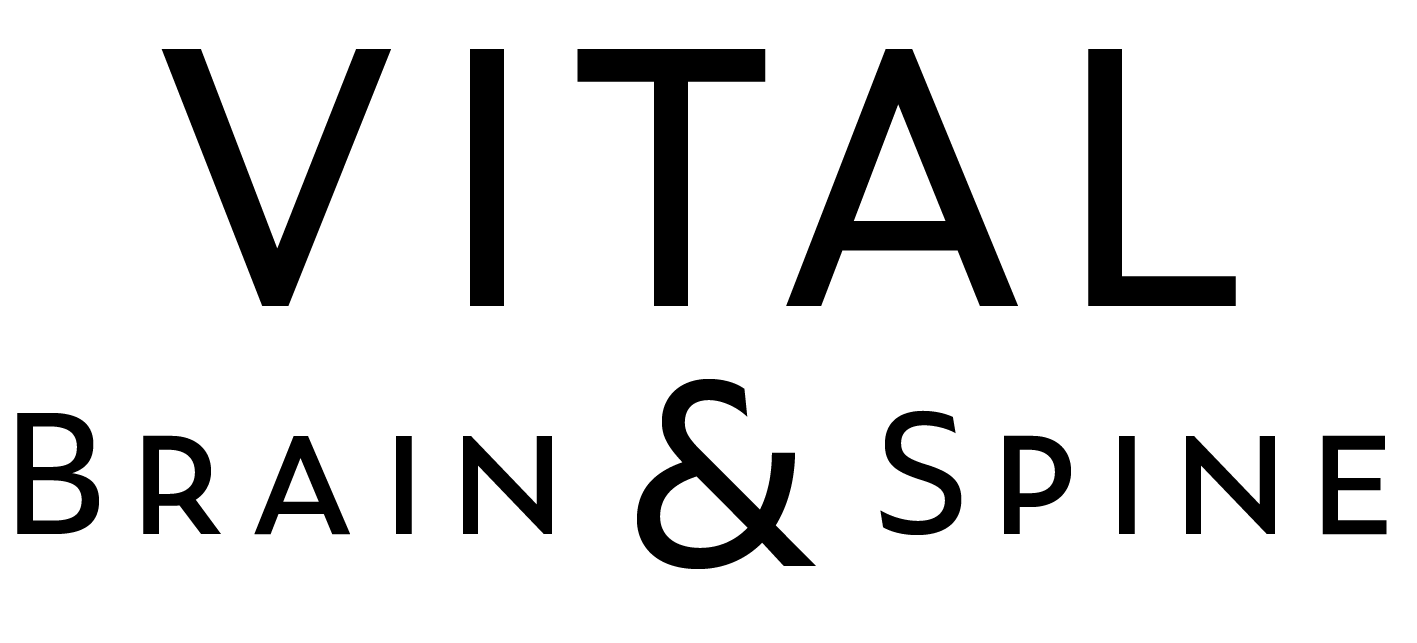What are Migraines?Migraines can cause severe throbbing pain or a pulsing sensation, usually just on one side of the head. It's often accompanied by nausea, vomiting, and extreme sensitivity to light and sound.
Additional Symptoms of Chronic Migraine:
|
Other Common Types of Headaches
Tension headaches cause tightness or pressure around your forehead or on the back of your head and neck and most commonly affect adults. Tension headaches are the most common type of headache and can last anywhere from 30 minutes to a few days.
Cervicogenic headaches are caused by referred pain from the bones, muscles, and joints in the head (occiput) and neck. These headaches are usually accompanied by neck and shoulder pain, and can be felt on one side of the head and face, and can often refer to the forehead and over one eye.
Post-concussion headaches are caused by changes in the head and neck after a trauma. Such headaches are usually accompanied by additional post-concussion symptoms including dizziness, brain fog, light sensitivity or fatigue. These can often self-resolve, though can often last beyond one month following a concussion.
Cervicogenic headaches are caused by referred pain from the bones, muscles, and joints in the head (occiput) and neck. These headaches are usually accompanied by neck and shoulder pain, and can be felt on one side of the head and face, and can often refer to the forehead and over one eye.
Post-concussion headaches are caused by changes in the head and neck after a trauma. Such headaches are usually accompanied by additional post-concussion symptoms including dizziness, brain fog, light sensitivity or fatigue. These can often self-resolve, though can often last beyond one month following a concussion.


